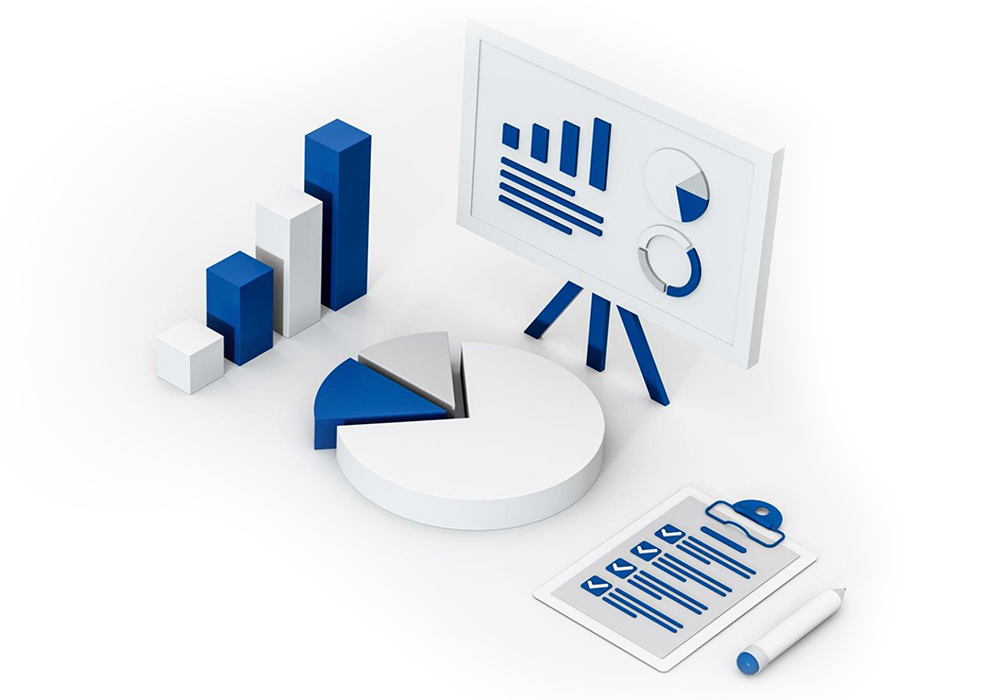Quantitative trading, also known as algorithmic trading or quant trading, is a trading strategy that relies on mathematical models and statistical analysis to identify and execute trades. This approach uses data-driven techniques to automate trading decisions, aiming to capitalize on market inefficiencies and generate consistent returns.
This article explores the fundamentals of quantitative trading, the modeling techniques involved, and effective strategies for implementing quantitative trading systems.
Understanding Quantitative Trading
Quantitative trading involves using quantitative methods, statistical models, and computational algorithms to analyze financial markets and execute trades. Key aspects of quantitative trading include:
- Data Analysis: Quantitative traders use historical and real-time market data to identify patterns, correlations, and anomalies that can be exploited for trading opportunities.
- Algorithm Development: Algorithms are developed to execute trades based on predefined rules and criteria, removing emotional bias from trading decisions.
- Risk Management: Quantitative trading systems incorporate robust risk management techniques to control and mitigate trading risks.
Modeling Techniques in Quantitative Trading
Quantitative trading relies on various modeling techniques to interpret market data and generate trading signals. Common modeling techniques include:
- Statistical Analysis:
Quantitative traders use statistical methods to analyze historical price data, volatility patterns, and correlations between different assets. Techniques such as regression analysis, time series analysis, and Monte Carlo simulations are applied to forecast price movements and assess trading strategies’ performance.
- Machine Learning:
Machine learning algorithms, including supervised learning, unsupervised learning, and reinforcement learning, are used in quantitative trading to identify complex patterns in large datasets. Machine learning models can adapt to changing market conditions and optimize trading strategies based on real-time data.
- Quantitative Models:
Quantitative finance models, such as Black-Scholes for options pricing or CAPM (Capital Asset Pricing Model) for portfolio optimization, are applied in quantitative trading to assess risk-adjusted returns and calculate optimal trading positions.
Strategies in Quantitative Trading
Quantitative traders employ a range of strategies to exploit market inefficiencies and generate alpha (excess returns). Common quantitative trading strategies include:
- Mean Reversion Strategies:
Mean reversion strategies capitalize on the tendency of asset prices to revert to their historical averages after significant movements. Quantitative traders identify overbought or oversold conditions using statistical indicators and execute trades expecting prices to revert to their mean.
- Trend-Following Strategies:
Trend-following strategies aim to profit from sustained price trends in the market. Quantitative traders use technical indicators and moving averages to identify trends and enter positions when a trend is established. Trend-following strategies may involve momentum indicators to confirm market trends and manage trade exits.
- Arbitrage Strategies:
Arbitrage strategies exploit price discrepancies between different markets, exchanges, or financial instruments. Quantitative traders use algorithmic trading systems to identify arbitrage opportunities and execute trades to profit from price differentials.
Developing a Quantitative Trading System

Developing a quantitative trading system involves several key steps:
- Define Trading Objectives: Specify trading goals, risk tolerance, and the target market or asset class for trading.
- Data Collection and Analysis: Gather and analyze historical market data relevant to the trading strategy. Clean and preprocess data to remove outliers and ensure data quality.
- Algorithm Development: Develop algorithms using programming languages such as Python, R, or specialized trading platforms. Implement trading rules, risk management parameters, and backtesting functionality.
- Backtesting and Optimization: Backtest the trading strategy using historical data to evaluate performance and refine algorithm parameters. Optimize algorithms to improve profitability, reduce drawdowns, and enhance risk-adjusted returns.
- Deployment and Execution: Deploy the quantitative trading system in live market conditions, monitoring performance metrics and making adjustments as necessary. Implement robust execution algorithms and infrastructure to ensure reliable order execution.
Challenges and Considerations
Quantitative trading offers significant advantages, but it also presents challenges that traders must navigate:
- Data Quality and Availability: Ensuring reliable and accurate data sources is critical for developing and maintaining quantitative trading models.
- Overfitting and Model Risk: Avoiding overfitting (creating models too closely tailored to past data) and managing model risk are essential to ensure algorithms perform effectively in live market conditions.
- Technological Infrastructure: Building and maintaining a robust technological infrastructure, including high-speed connectivity and low-latency trading systems, is crucial for executing trades swiftly and efficiently.
Bottom Line:
Quantitative trading continues to gain prominence in financial markets, leveraging advanced modeling techniques and algorithmic execution to enhance trading efficiency and profitability.
By understanding the principles of quantitative trading, modeling techniques, and effective strategies, traders can harness the power of data-driven approaches to navigate complex market dynamics and achieve consistent trading success. Aspiring quantitative traders should focus on continuous learning, adaptation to evolving market conditions, and rigorous risk management practices to maximize the benefits of quantitative trading strategies.



